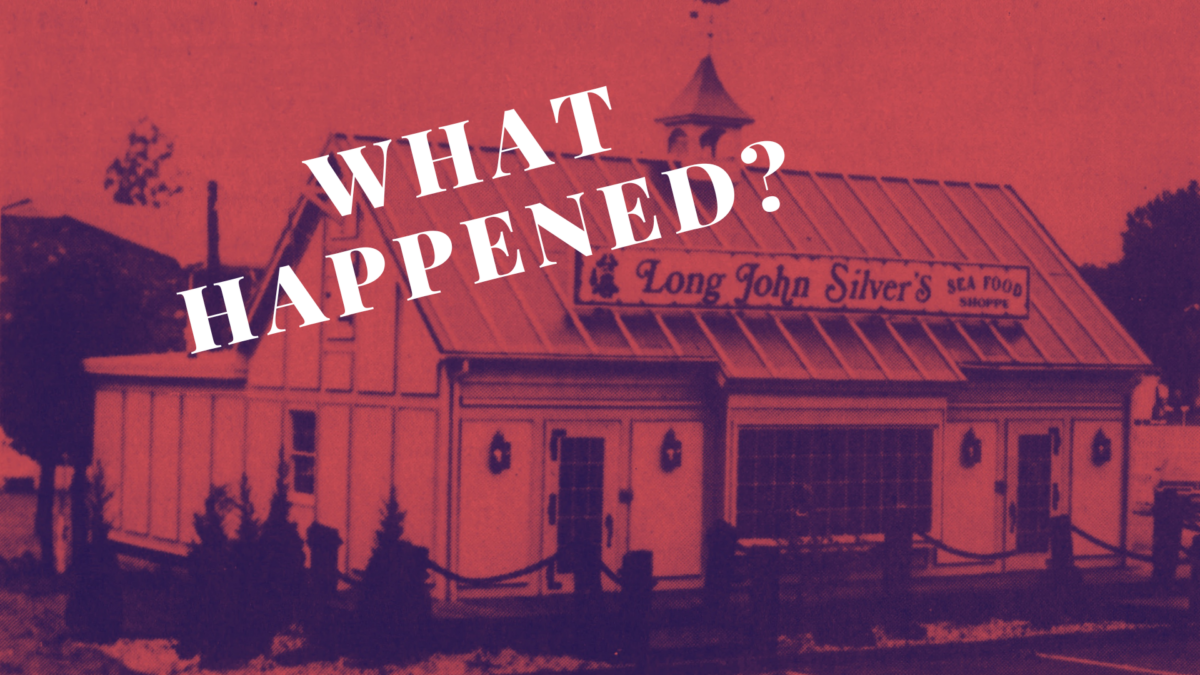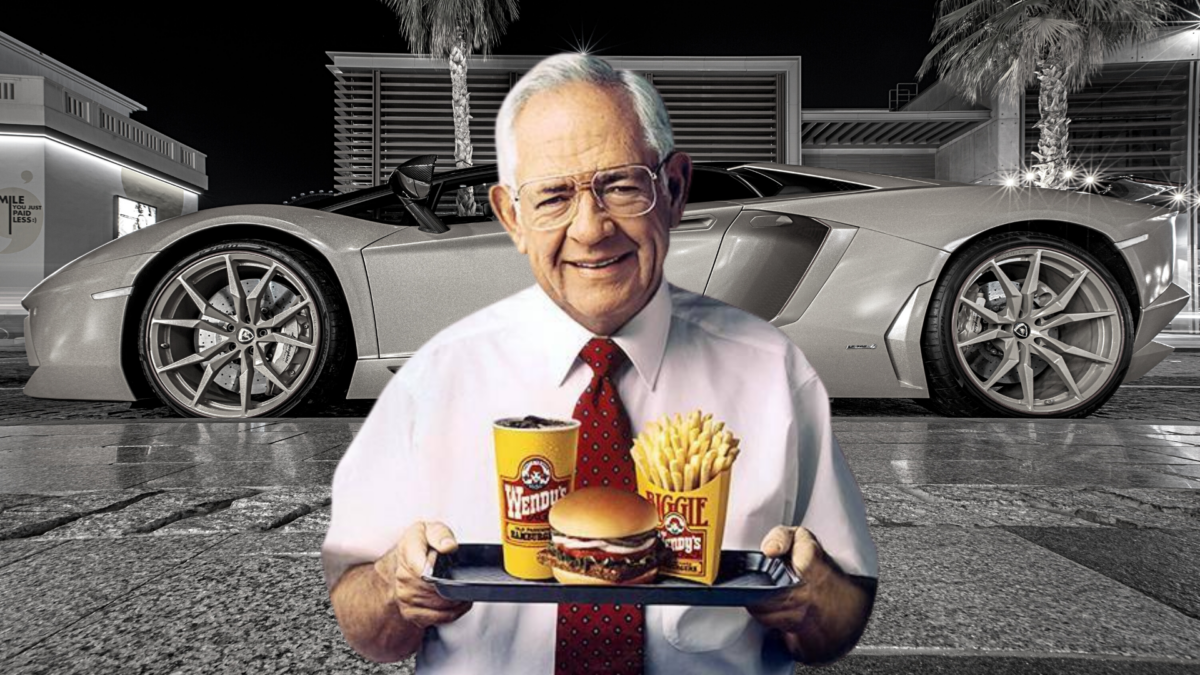
Are you concerned about the impact the next 12-24 months could have on your retirement portfolio? With the stock market constantly fluctuating, it’s hard to know what the future holds. But what if there was a way to secure your retirement income without relying on the stock market?
You might be surprised to learn that Babe Ruth, one of the greatest baseball players of all time, was able to earn $300k in yearly retirement income during the Great Depression without relying on the stock market. And you can do the same.
It all started when Babe Ruth’s manager introduced him to his personal financial advisor, Mr. Heilman. Just months before the Great Depression, Heilman advised Ruth to move all his wealth into “no risk” investments, and it paid off. Not only did Ruth survive the depression, but he also created a wealth of income that secured his lifestyle and family’s financial future.
These “no risk” investments are still commonly used by retirees today and can be part of a Crash Proof Your Finances, you can secure your retirement income and protect your portfolio from potential market downturns.
However, not everyone qualifies for this type of retirement model. There are some restrictions based on age, profession, geographic location, and marital status.
If you have a portfolio of $500k-2m+ and want to learn more about how you can implement a Financial Fitness Strategy Session, and see if you qualify, please keep reading.
Learn how to never lose a dime in any market risk and catch the upside of the market.
We understand that retirement planning can be overwhelming, but it doesn’t have to be.
Don’t let the next market downturn ruin your retirement plans. Contact us today to learn more about how you can implement a Retirement Income & Protection Plan and secure your financial future.
Take time out of your life for your Financial Fitness so your assets are in shape and you will never out live your income
For more Healthy Money Tips Listen to our Podcast “Money 911”
Sign up for a Financial Fitness Strategy Session: Meet with Kris Miller –
Financial Fitness Strategy Sessions
You can reach me at Kris@HealthyMoneyHappyLIfe.com, (951) 926-4158









